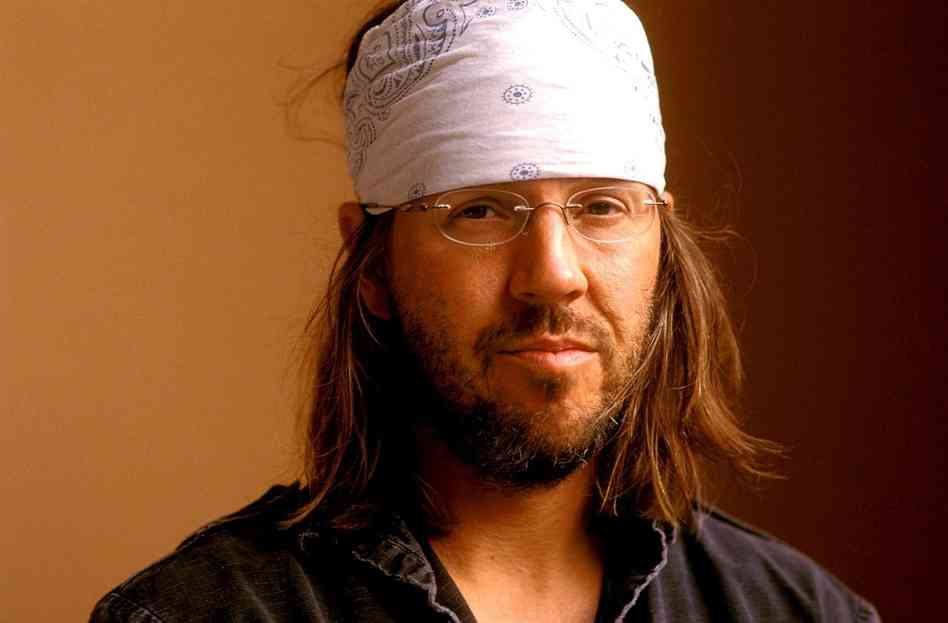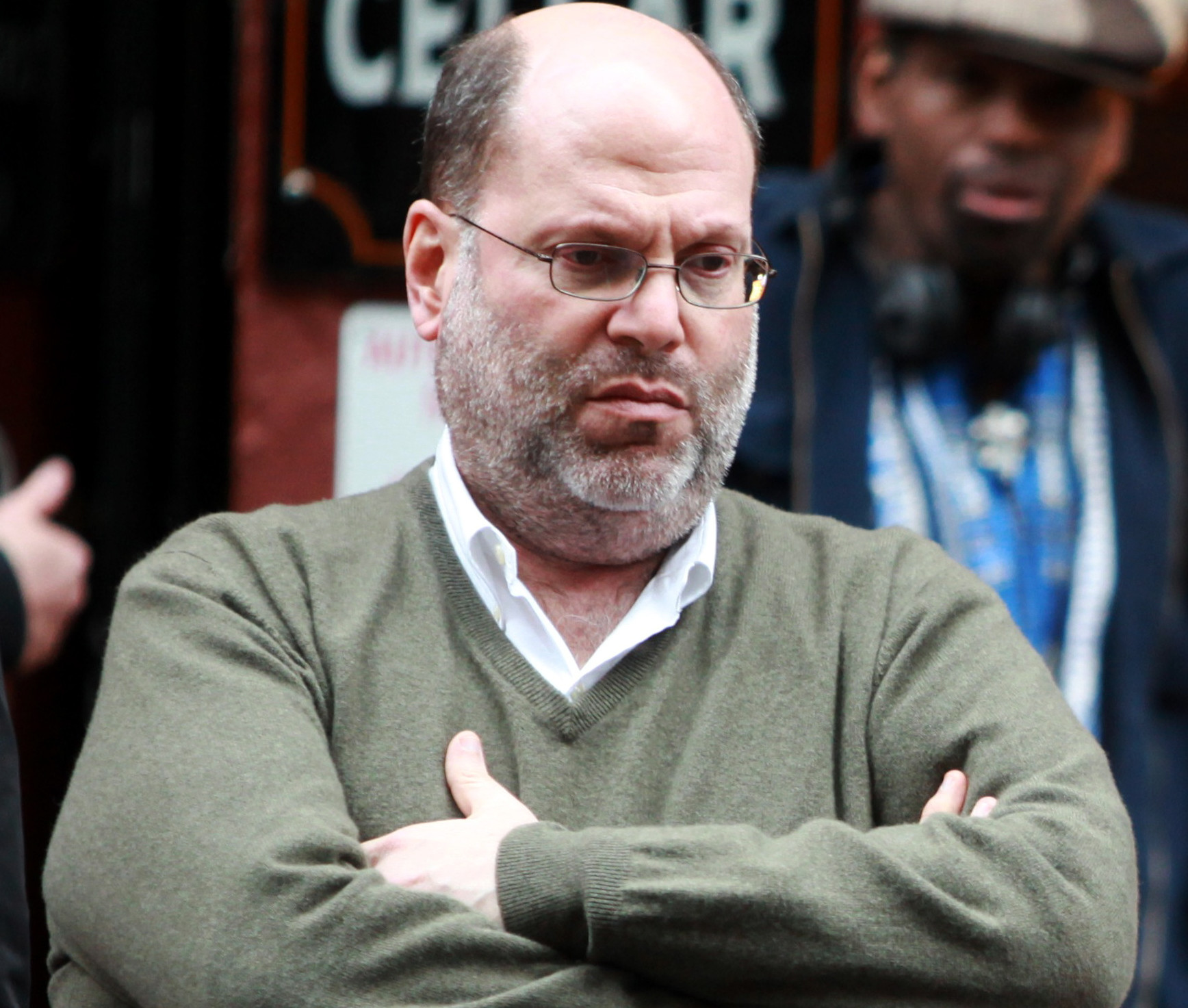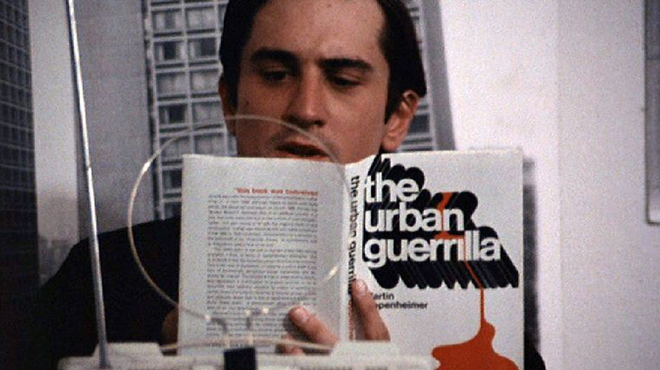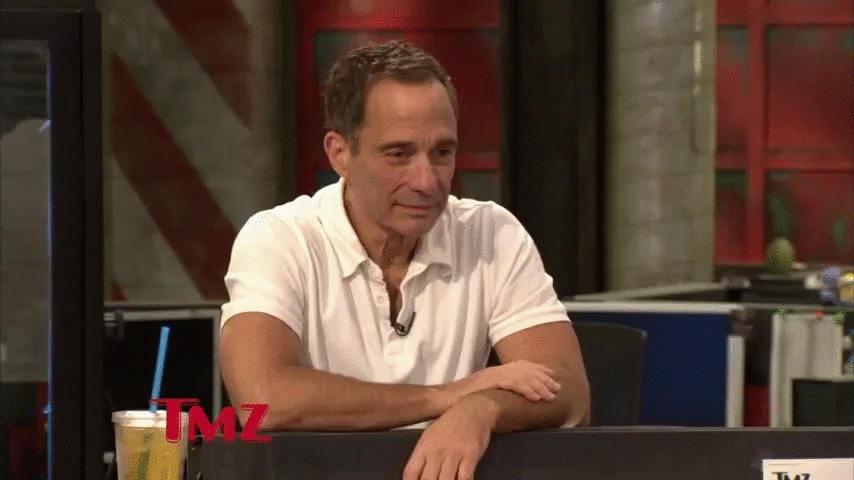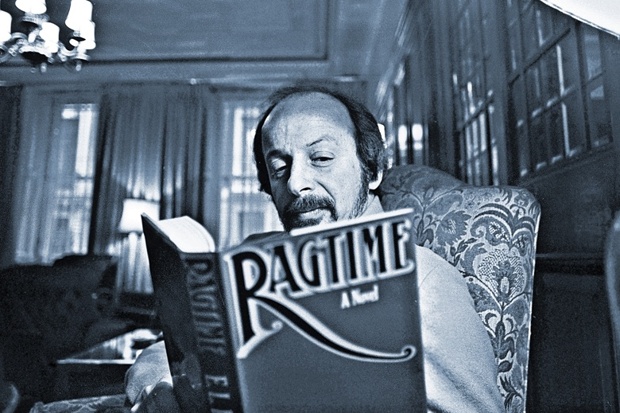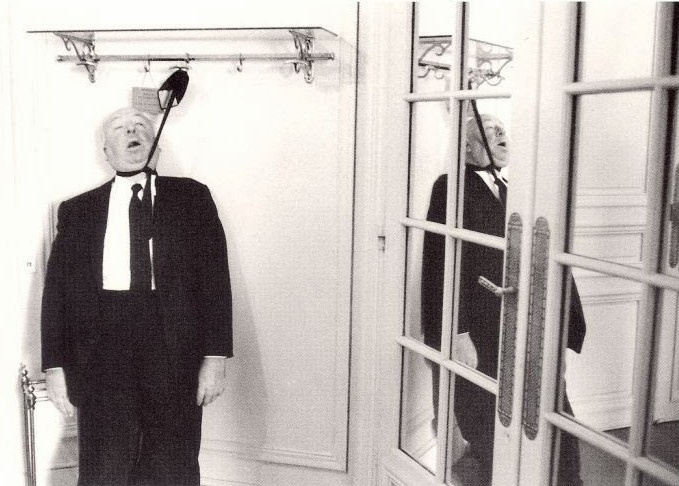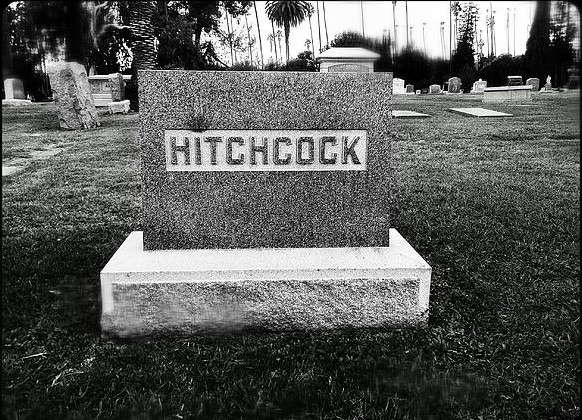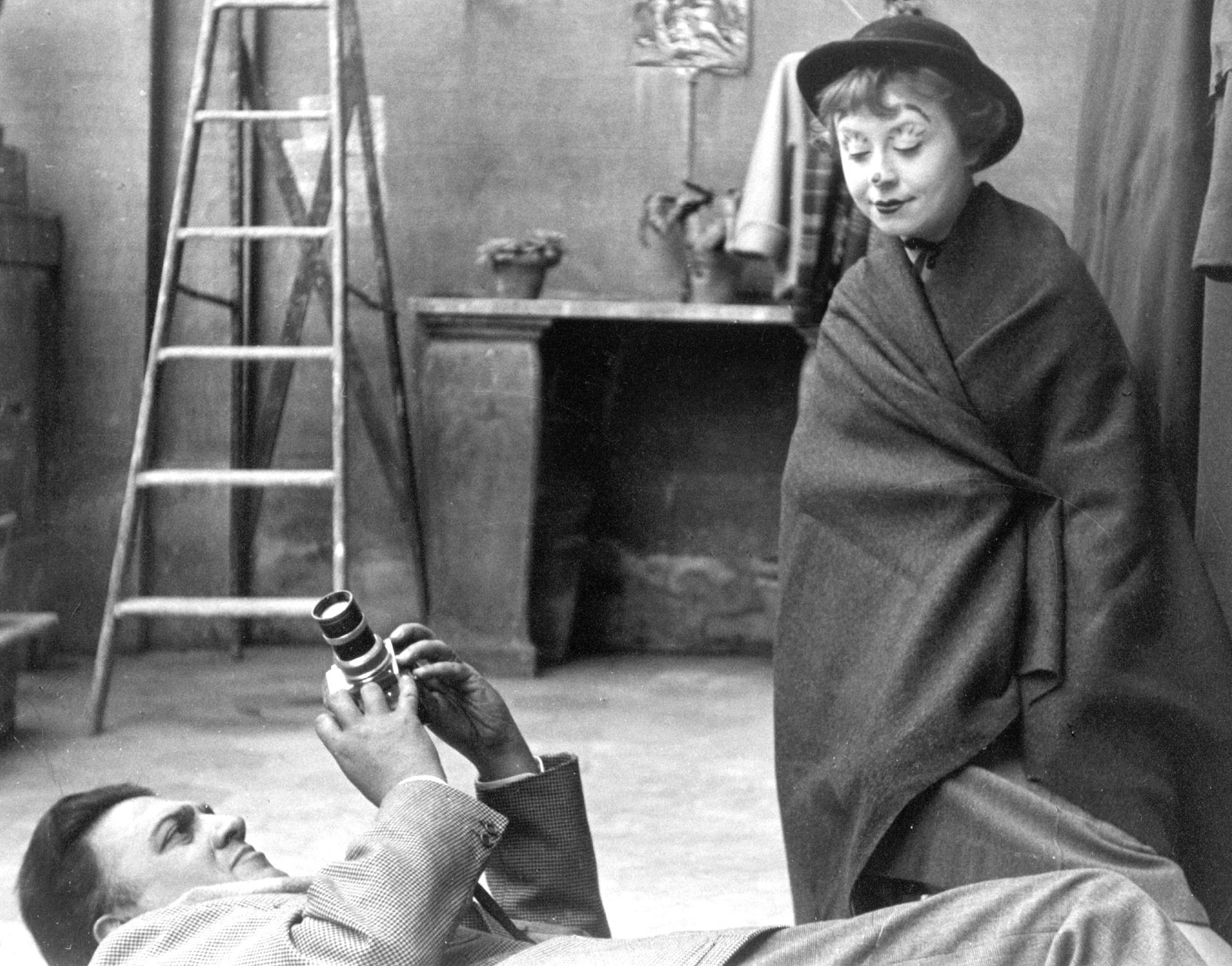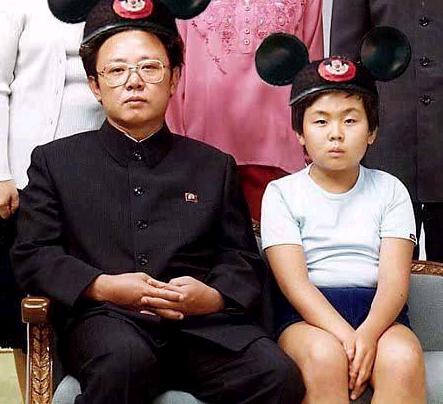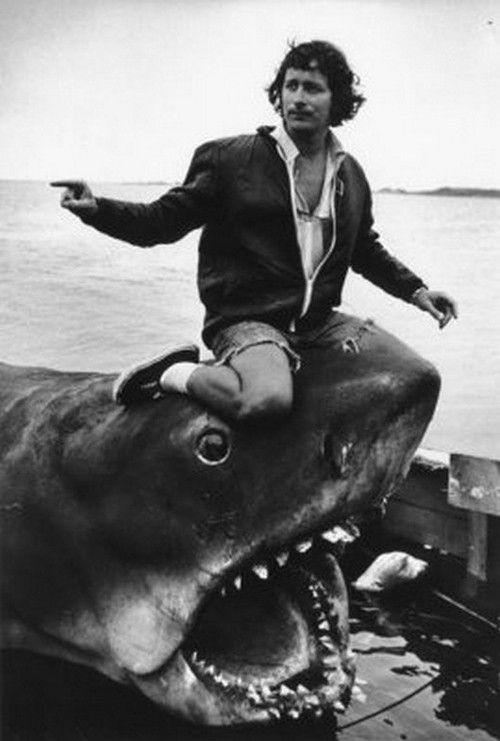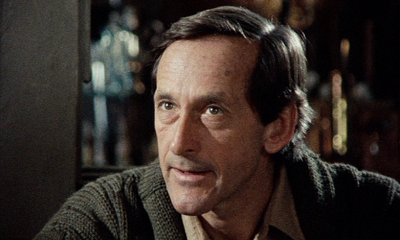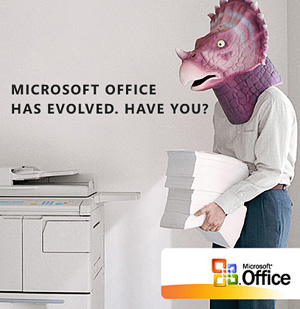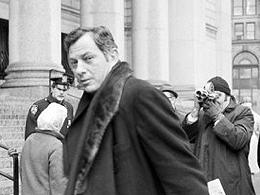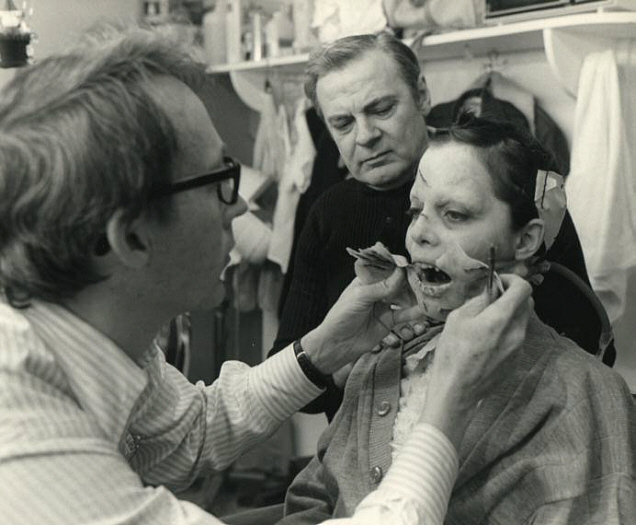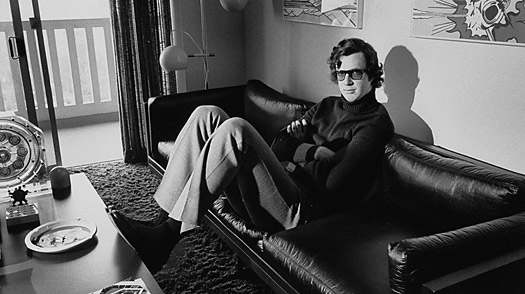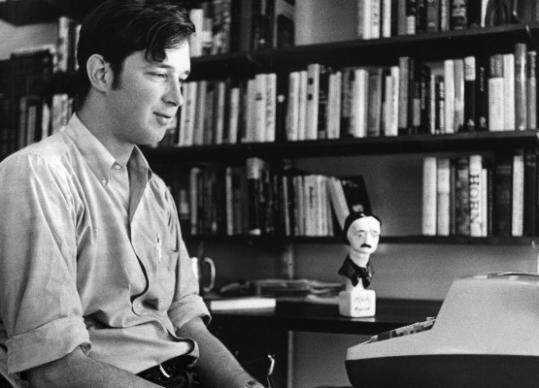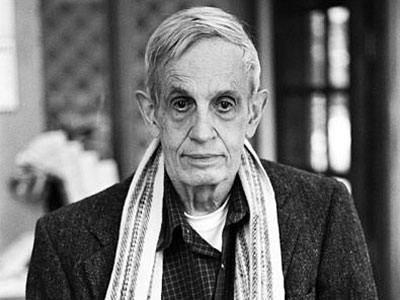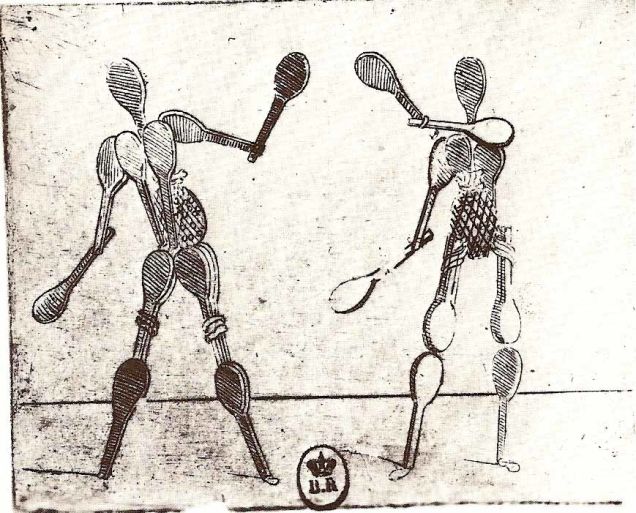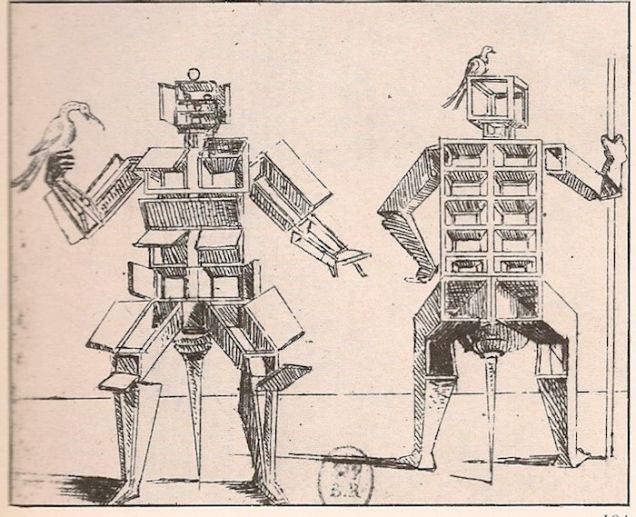Sometimes life takes a sharp turn for the better and it seems like progress, like we’ve moved onward and upward for good. Probably more often than not, these jolting victories are transient, a brief interlude. So it was for American cinema in the late ’60s and ’70s, a fascinating time of personal filmmaking that disrupted and then dissipated.
That’s not to say the Studio System that preceded it or the globalized Blockbuster Era which has replaced it haven’t turned out great movies, but damn, that auteur period had soul. It’s not unfair to say that those producers and directors pushed envelopes and their successors push product.
One of the greats of that golden era, William Friedkin, was interviewed by Mike Fleming Jr. of Deadline. The opening:
Question:
Today’s executives and filmmakers say they revere the 70s, but they are under pressure for formulaic global blockbusters that lack edge and authorship. What made that era possible that isn’t in place today?
William Friedkin:
There were a number of factors. Studios were run by guys who really loved films, and many of them had been producers. Probably the biggest factor is, there were no formulas. A studio did not have to turn out a number of films that had to be formulaic, like they do today. A whole movement back then was spurred by the release of Easy Rider. Studios felt that if a couple of hip filmmakers could go out, without a script, with a small crew and make a film like that with very few resources, then the directors must know what they were doing. This benefited the younger guys of my generation. The studios just felt that maybe we had some formula.
Question:
Did you?
William Friedkin:
We didn’t. We were mostly influenced by the European films of the ‘60s. The French New Wave. Italian neo-realism. Kurosawa and other Japanese filmmakers. We were inspired by them and not bound to any formula. The French Connection, for all its success, was a real departure for a cop film, which was why it took us two years to get it made. Every studio turned it down. Many of them turned it down two or three times over a two year period.
Question:
Why?
William Friedkin:
They didn’t get it. The chase scene was never in a script. I created that chase scene, with the producer Philip D’Antoni. We just spit-balled ideas. We walked out of my apartment, headed South in Manhattan and we kept walking until we came up with that chase scene, letting the atmosphere of the city guide us. The steam coming off the street, and sound of the subway rumbling beneath our feet, the treacherous traffic on crowded streets. We didn’t have a lot of time, because Dick Zanuck, who had already turned it down, told us that he would make the film for a million and a half dollars if we could get it done right away, because he knew he was going to get fired. And he was right. That’s why we settled on Gene Hackman who was not our first choice. We walked 55 blocks and came up with a chase. Nobody ever asked to see a script. We went three hundred thousand over that million and a half dollar budget, and they wanted to kill me every day for that. Nobody spent the kind of money they do today. You had groups of guys running the studios who were afraid they might be out of touch, and young filmmakers who had fresh ideas that were more like what indie film is today than what fit the classic Hollywood movie, which was the musicals of the ‘40s and the ‘50s like Singing in the Rain. What prevails in American film today that didn’t then was, if a film succeeds and seems to represent a formula, it will be repeated over and over, with more and more computer-generated images. I can’t think of any superhero film that existed in the 70s. None come to mind. No formulas and the start was the fear of those executives back then that Easy Rider caused in the hearts of guys running the studios back then.
Question:
Were you aware you were working in a special time for the movie business? What was the best thing about working in movies back then, with so much freedom?
William Friedkin:
We were not aware that it was a golden era.•



